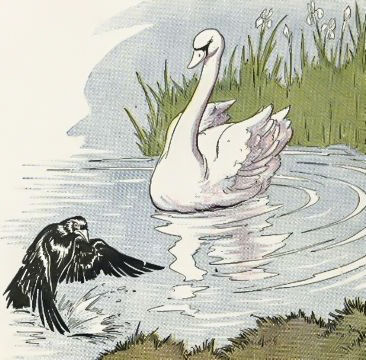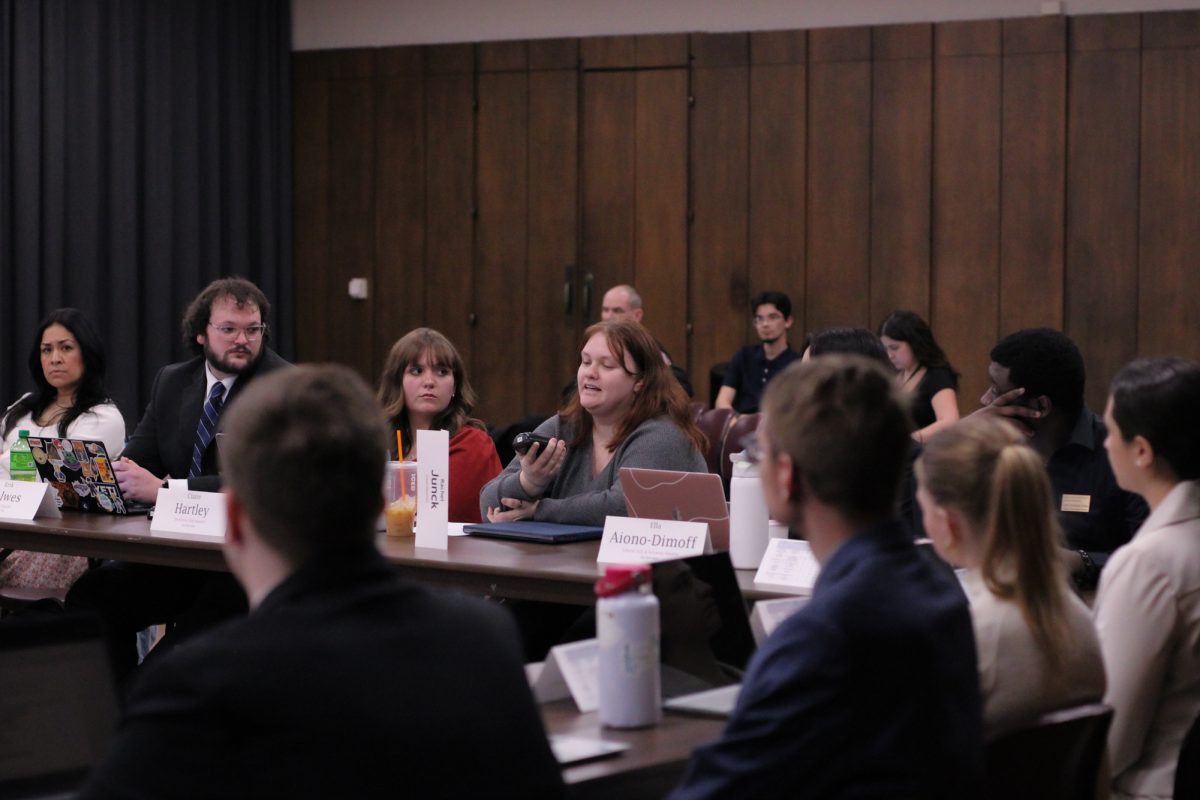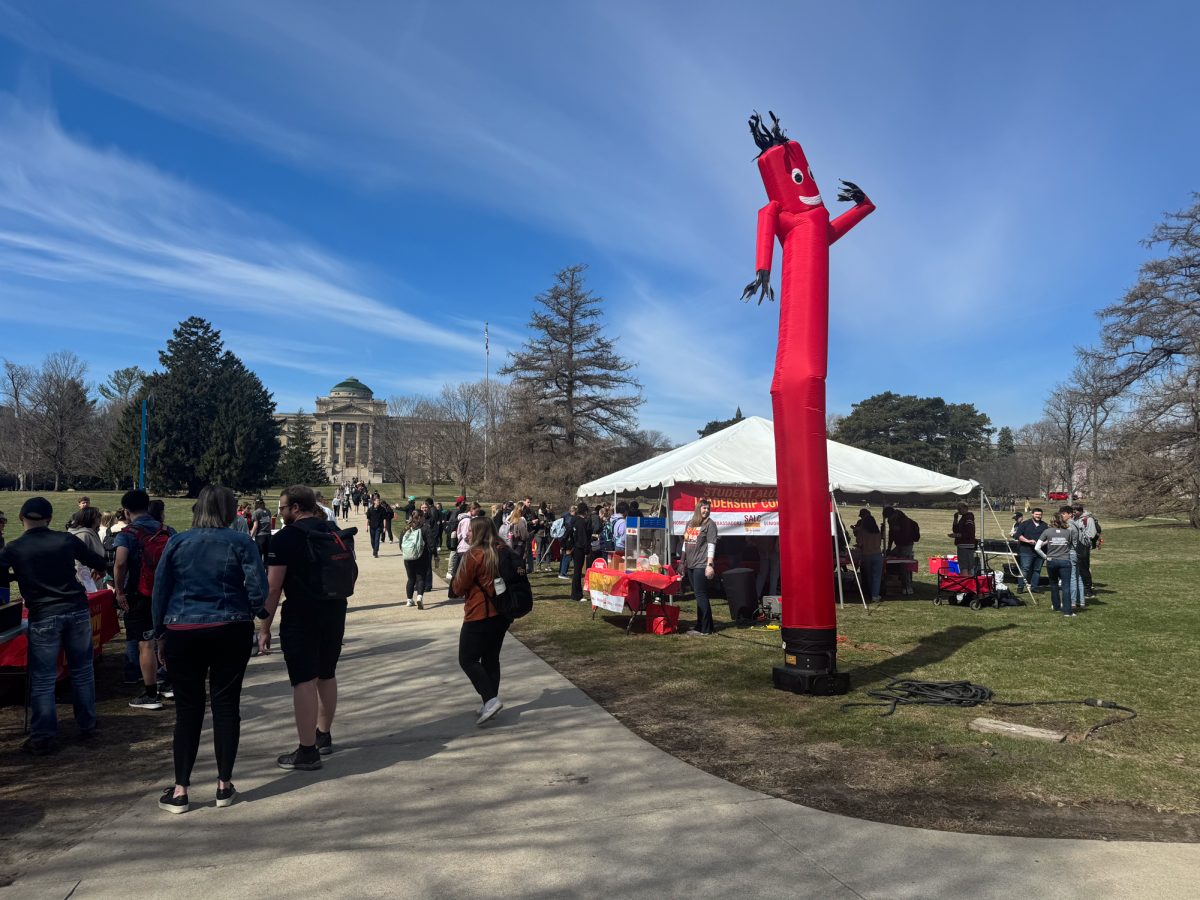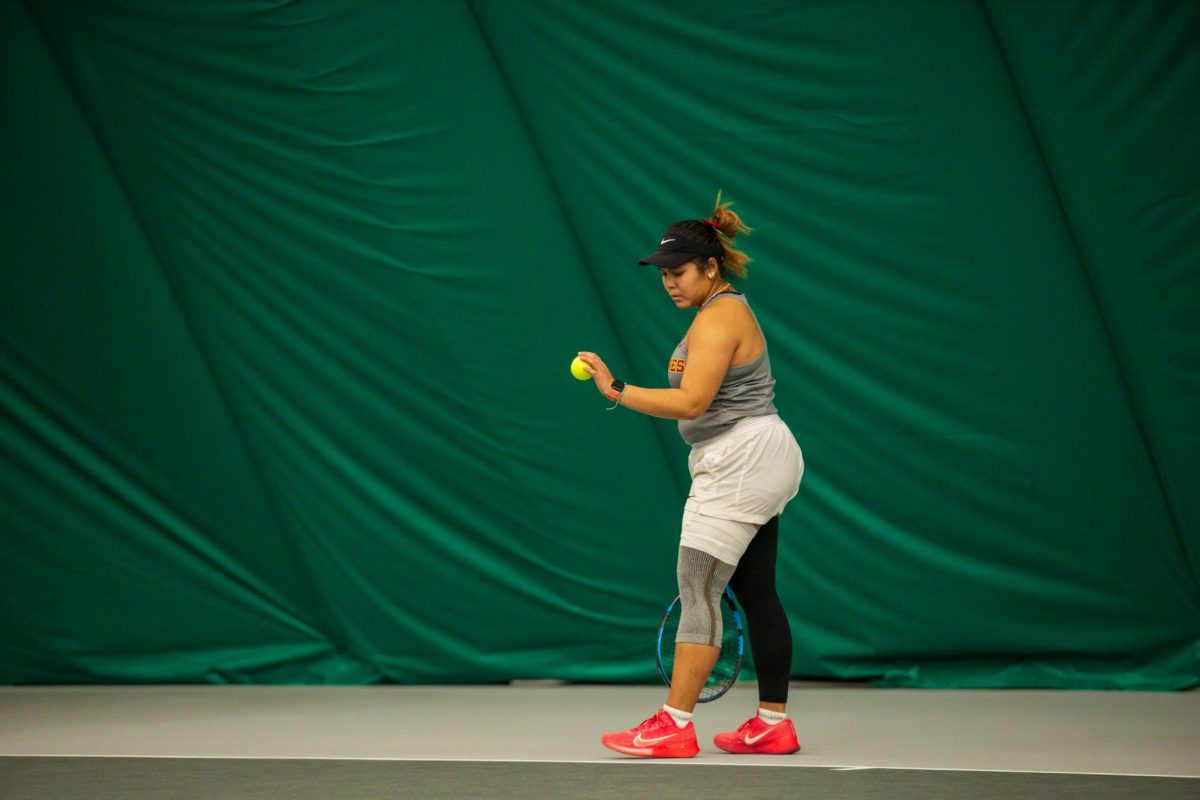Suza: Failure to recognize ourselves in others leads to harm
June 8, 2020
Editor’s Note: This is the seventh of a collective series conducted by Walter Suza.
One of my childhood favorite books was “Aesop’s Fables.” Aesop was an enslaved Greek who lived between 620 B.C.E. and 560 B.C.E.
I recently reread “Aesop’s Fable” entitled “A Raven and a Swan.” This particular fable features a raven who is “black as coal” and envious of the swan with feathers “as white as the purest of snow.” Things do not end well for the raven. He dies struggling to wash out his blackness without success. The moral of the fable is “A change of habits will not alter nature.”
The fable suggests that physical appearance is nature and nature cannot be altered by change in action. I disagree.
Because of the racism against Black people, I find the raven and swan allegory abhorring. Outward appearance is not a reliable indicator of inner nature.
There is good in Black people.
Fictional stories can challenge and expand our awareness — and our daily interactions with people and situations are a source of important life lessons.
Last spring, I experienced a situation that led me to reflect more on racism and racially motivated aggression.
The experience began with me hearing a tapping noise in my house. The noise woke me for almost a week straight, some days as early as 5:45 a.m. At times, the noise sounded like a knock on the door, so I would walk to the door to find no one there.
One day, I woke up to that irritating noise, but this time the noise came from one of my bedroom windows. I lifted up the curtain and to my surprise, I found it was a bird creating the knocking sound.
Seeing the bird flapping its wings as it pecked on the window glass irritated me so much. My frustration grew with each thump and I became angrier. I wondered what made the bird fly into my window.
The taps on my window continued for days. I just wanted the bird to stop. Since I had never experienced the ordeal before, I wanted to know more about the bird. I wanted to know the species and the reason for attacking my window.
I Googled “bird attacking window” and learned some birds are “naturally aggressive and territorial.” The list of bird species included the American robin, which looked like the bird attacking my window.
The reason the robin flies into the window is that it sees its reflection in the window glass – and it attacks to drive the “other robin” away. The incessant attack on the reflection keeps the angry robin from the important task of building a nest for its offspring.
There was also physical evidence indicating the attacks were quite taxing on the bird – I noticed blood spots on the window glass. I thought how sad that the bird was hurting itself because it was incapable of realizing the “bird in the window” was not the foe.
I felt compassion for the bird. How hopeless to be so engrossed with anger, all driven by a desire to protect its territory. Pondering lessons from my search for the meaning of life led me to the conclusion that the robin was in an illusion and that made it impossible to recognize itself as the image in the glass.
The robin continued to attack its projected self in the shiny glass, even though it meant experiencing harm in the process and failing to reproduce.
Then I realized the analogy.
Is it possible that at times humans might act like the robin flying into windows?
I think so.
We label each other as Black or white to distinguish each other based on skin color. Skin color becomes a “glass window” in our fellow humans – creating an illusion that whom we see is not us. However, at the core of humanity, we are all the same.
Seeing skin color from the mindset of separateness fuels racism. We fail to recognize ourselves in others, making us vulnerable to attacking our neighbors’ “glass windows.”
The incessant attacks of our neighbor’s “glass window” causes us harm. Wendell Berry thought the harm was spiritual. He said, “I knew well that racism had caused pain to black people, but I knew too that it had been a cause of pain to white people — it had been a cause of pain to me.”
We attack those who look different from us – and harm ourselves in the process.
Susana Rinderle reinforced Berry’s conclusion when she talked about the impact of racism on white people: “Racism lies to us about our history. It covers up the many valuable contributions people of color have made to the world across history, leading us to believe they are less capable and deserving than us. It hides the bigotry, manipulation, violence and outright theft that lead to many whites’ historical accomplishments, leading us to believe we are more capable and deserving than we are.”
Using skin color to differentiate people creates a sense in us that we are separate from others. The limited awareness obscures the truth that we are connected at the genetic and spiritual levels. We come from the same source of life.
The words by James Baldwin — “If I love you, I have to make you conscious of the things you don’t see” — give me hope for a more diverse and inclusive world.
May our words awaken us to see ourselves in others.







